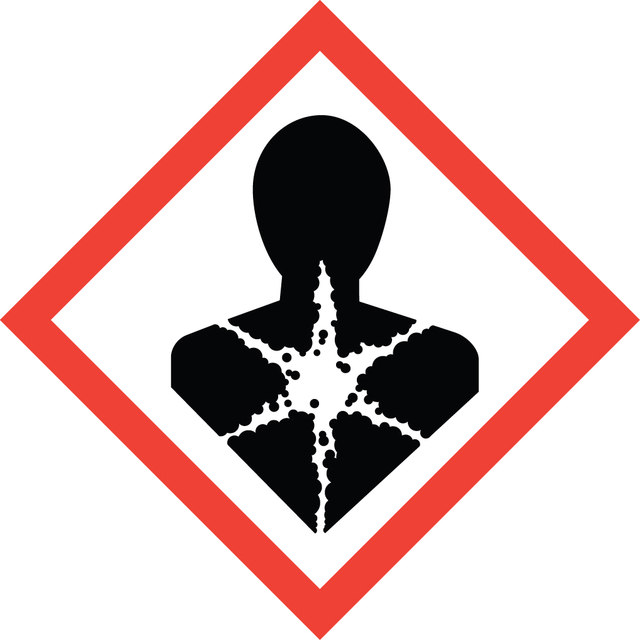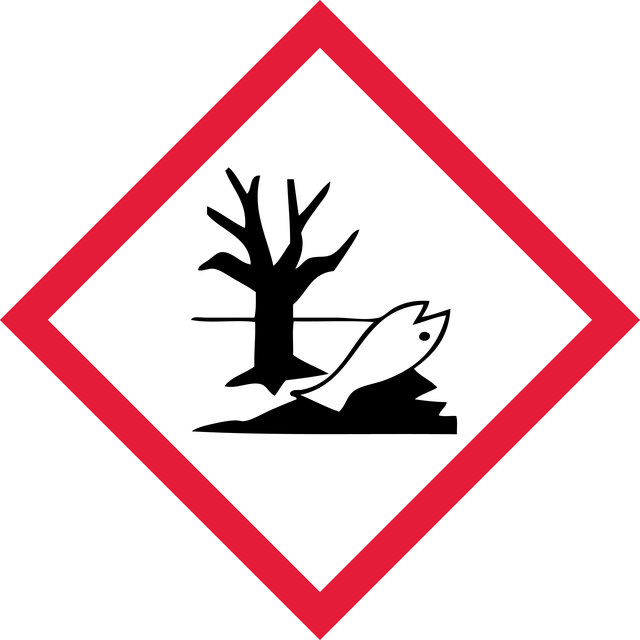설명
New formulation containing Terminal Transferase, recombinant.
Quality Level
제조업체/상표
Roche
환경친화적 대안 제품 특성
Designing Safer Chemicals
Learn more about the Principles of Green Chemistry.
sustainability
Greener Alternative Product
환경친화적 대안 카테고리
, Aligned
배송 상태
dry ice
저장 온도
−20°C (−15°C to −25°C)
일반 설명
DIG Gel Shift Kit, 2nd generation contains reagents for nonradioactive 3′-end labeling of oligonucleotides, to be used in a "gel mobility shift" assay. It also contains offers, electrophoresis reagents and an enzyme-labeled antibody to facilitate the detection of DNA-protein complexes.
DIG Gel Shift Kit employs recombinant terminal transferase and digoxigenin (DIG)-11- dideoxyuridine triphosphate (ddUTP) makes the labeling reaction very flexible. It can be used to label the 3′ ends of any oligonucleotide (whether it has a 5′- overhanging end, a 3′-overhanging end, or blunt ends). Both single- and double-stranded DNA can be labeled.
DIG Gel Shift Kit employs recombinant terminal transferase and digoxigenin (DIG)-11- dideoxyuridine triphosphate (ddUTP) makes the labeling reaction very flexible. It can be used to label the 3′ ends of any oligonucleotide (whether it has a 5′- overhanging end, a 3′-overhanging end, or blunt ends). Both single- and double-stranded DNA can be labeled.
We are committed to bringing you Greener Alternative Products, which adhere to one or more of The 12 Principles of Greener Chemistry. This product is designed as a safer chemical. The DIG System was established as a sensitive and cost-effective alternative to radioactivity for the labeling and detection of nucleic acids. There are many available publications that prove the versatility of the DIG System, so use of radio-labeling is no longer the only option for labeling of DNA for hybridization.
애플리케이션
DIG Gel Shift Kit, 2nd generation has been used for nonradioactive detection of sequence-specific DNA binding proteins. The DIG Gel Shift Kit is used to prepare nonradioactive, 3′-end labeled oligonucleotide probes to detect DNA-protein complexes in a "gel mobility shift assay".
특징 및 장점
The electrophoresis assay works best with shorter (30 to 100bp) DNA fragments, since these are less likely to have sequences that are outside the specific binding site, but can interact nonspecifically with target proteins.
- Convenient, since the technique does not require special equipment or technology.
- Reproducible, since DIG-labeled probes are stable indefinitely.
- Safe, because the assay is nonradioactive.
- Reliable, because the kit provides DIG-labeled control oligonucleotides to establish that the assay is working.
- Function-tested with the controls provided in the kit (See "Quality").
- Sensitive, since the kit can detect as little as 20fmol of the control oligonucleotide (after it is labeled according to the kit protocol).
포장
1 kit containing 16 components. 1 kit for up to 20 Oligonucleotide 3-end labeling reactions with DIG-11-ddUTP, 200 binding reactions, chemiluminescent detection reaction for up to 20 blots, DNA binding protein and oligonucleotide for up to 20 control reactions
물리적 형태
Chlorophenol red-β-D-galactopyranoside, monosodium salt
제조 메모
The study of DNA-protein interactions has been greatly facilitated in recent years by the rapid and simple "gel retardation" or "gel mobility shift" assay. Because free DNA and DNA-protein complexes migrate differently during gel electrophoresis, they can be separated and detected on native (nondenaturing) polyacrylamide or agarose gels.
Sample
Amount: 3.85pmol or 100ng
Type: Oligonucleotides with 5′-overhanging ends, 3′-overhanging ends, or blunt ends; single- or double-stranded DNA fragments (30 - 200bp)
Note: Ideally, fragments to be labeled should be between 30 and 100bp.
Time required
Oligonucleotide annealing and labeling: 10minutes
Formation of oligonucleotide-protein complexes: 25minutes
Electrophoresis: 1 hour to overnight, depending on electrophoresis system
Blotting: 1 - 2 hours
Immunological detection: 2hours
Exposure to X-ray film or imager: 15 - 40minutes
Sample
Amount: 3.85pmol or 100ng
Type: Oligonucleotides with 5′-overhanging ends, 3′-overhanging ends, or blunt ends; single- or double-stranded DNA fragments (30 - 200bp)
Note: Ideally, fragments to be labeled should be between 30 and 100bp.
Time required
Oligonucleotide annealing and labeling: 10minutes
Formation of oligonucleotide-protein complexes: 25minutes
Electrophoresis: 1 hour to overnight, depending on electrophoresis system
Blotting: 1 - 2 hours
Immunological detection: 2hours
Exposure to X-ray film or imager: 15 - 40minutes
기타 정보
For life science research only. Not for use in diagnostic procedures.
키트 구성품 전용
제품 번호
설명
- Labeling Buffer 5x concentrated
- CoCl<SUB>2</SUB> Solution 25 mM
- DIG-ddUTP Solution, 1 mM Digoxigenin-11-ddUTP
- Recombinant Terminal Transferase 400 U/μl
- Binding Buffer 5x concentrated
- Control Oligonucletide ds 39mer, unlabeled 0.1 μg/μl, 3.85 pmol/μl
- DIG-labeled Control Oligonucleotide ds 39mer 0.4 ng/μl, 15.54 fmol/μl
- Control Factor Oct2A 25-75 ng/μl
- Poly [d(I-C)] 0.1 μg/μl
- Poly [d(A-T)] 0.1 μg/μl
- Poly L-lysine 0.1 μg/μl
- Loading Buffer without bromophenol blue
- Loading Buffer with bromophenol blue
- Anti-Digoxigenin-AP 750 U/ml
- CSPD 10 mg/ml
- Blocking Reagent
모두 보기 (16)
신호어
Danger
유해 및 위험 성명서
Hazard Classifications
Acute Tox. 4 Inhalation - Acute Tox. 4 Oral - Aquatic Chronic 2 - Carc. 1B Inhalation - Repr. 1B
Storage Class Code
6.1D - Non-combustible, acute toxic Cat.3 / toxic hazardous materials or hazardous materials causing chronic effects
WGK
WGK 3
Flash Point (°F)
Not applicable
Flash Point (°C)
Not applicable
자사의 과학자팀은 생명 과학, 재료 과학, 화학 합성, 크로마토그래피, 분석 및 기타 많은 영역을 포함한 모든 과학 분야에 경험이 있습니다..
고객지원팀으로 연락바랍니다.

